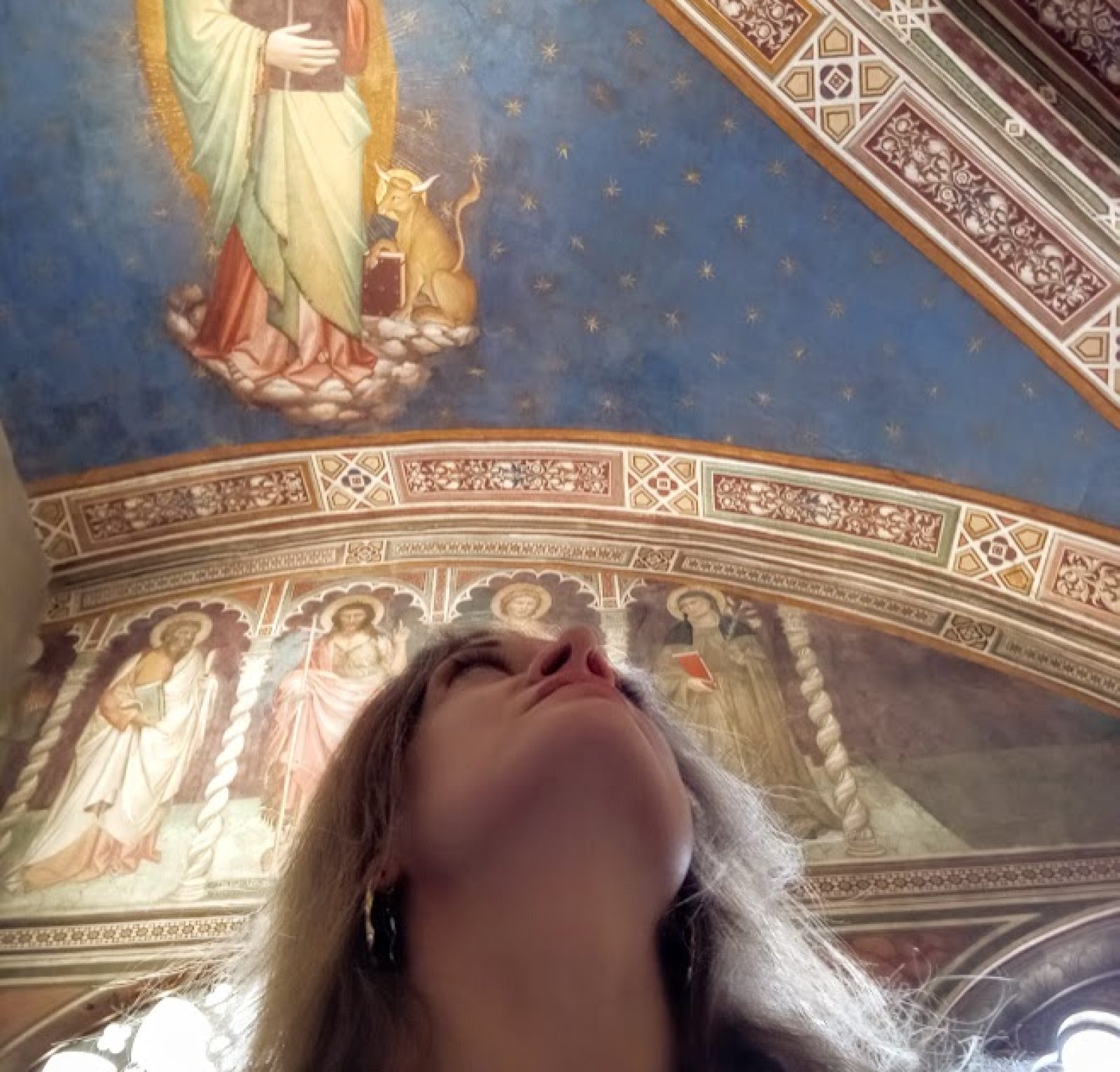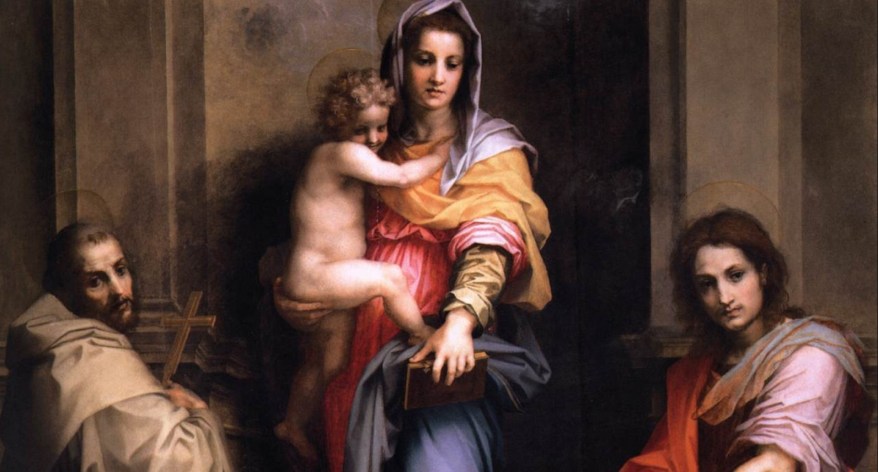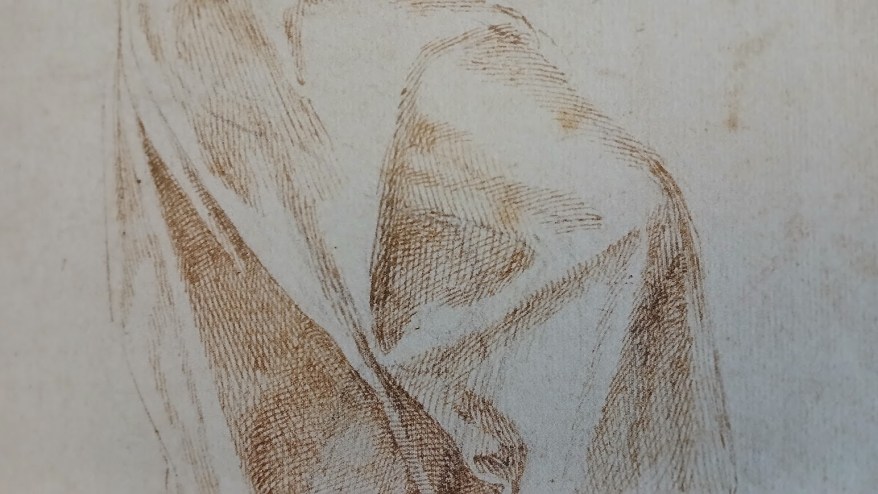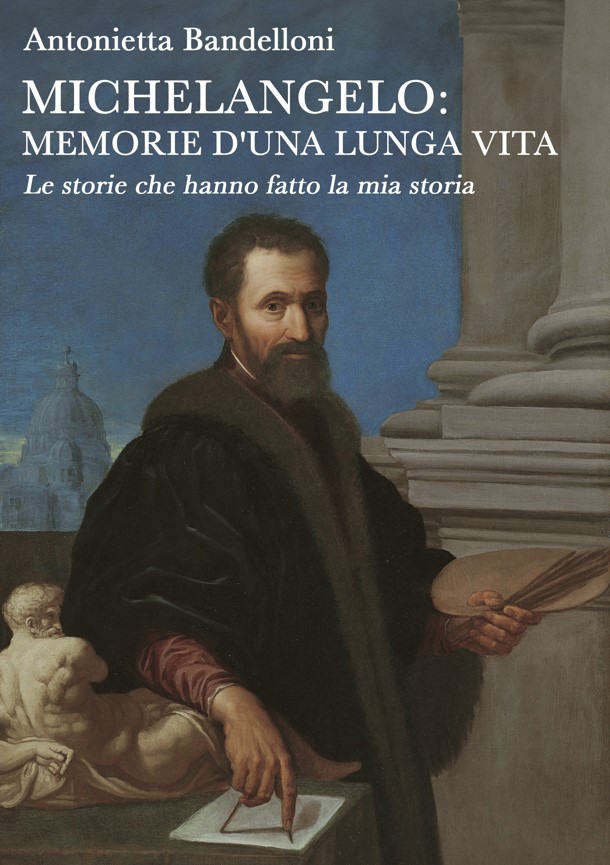Il tocco di Pigmalione. Rubens e la scultura a Roma
Galleria Borghese sta per inaugurare la mostra dal titolo “Il tocco di Pigmalione. Rubens e la scultura a Roma“.
Il progetto comprende le mostre di Fondazione Palazzo Te e Palazzo Ducale di Mantova che celebrano Pieter Paul Rubens indagando gli esiti del suo viaggio in Italia, compiuto nel primo decennio del XVII secolo che gli permise di dare un contributo fondamentale a una nuova concezione dell’antico.
Il pittore Pieter Paul Rubens fu considerato dai suoi contemporanei, compreso l’erudito francese Claude Fabri de Peiresc e altri celebri letterati, uno dei più grandi conoscitori di antichità romane.
Nulla sembrava sfuggire alla sua capacità di osservare e il suo desiderio di imparare quanto più possibile dagli antichi era inarginabile.
I disegni delle opere che studiava dal vivo pareva vivessero di vita propria e rispetto al soggetto ritratto erano più movimentati, più espressivi. Stessa cosa vale per i ritratti che era solito realizzare ai potenti dell’epoca. I membri della famiglia Gonzaga da lui dipinti acquistavano vitalità.
A Roma che custodisce oggi come allora le vestigia antiche ma anche i capolavori di suoi celebri contemporanei, Rubens disegna a sanguigna quanto più può, compresi i miei affreschi sistini e la celeberrimma scultura dello Spinario.
Proprio nel foglio dello Spinario, Rubens ritrae la posa del giovane da due punti di vista differenti e sembra aver disegnato piuttosto un modello vivente invece che una scultura tanto da indurre a pensare alcuno studiosi che l’artista possa aver davvero utilizzato un ragazzo atteggiato nello stesso modo della statua.
La mostra “Il tocco di Pigmalione. Rubens e la scultura a Roma” allestita presso Galleria Borghese, vuole mettere al centro della scena il contributo straordinario dato da Rubens a una nuova concezione dell’antico e i concetti di naturale e di imitazione alle soglie del Barocco.
La novità dirompente del suo stile nel primo decennio del Seicento a Roma sarà uno dei temi della mostra così come lo studio dei modelli. Curata da Francesca Cappelletti e Lucia Simonato, il percorso espositivo sarà accessibile al pubblico a partire dal 14 novembre fino al 18 febbraio 2024.
Per il momento il vostro Michelangelo Buonarroti vi saluta dandovi appuntamento ai prossimi post e sui social.
Pygmalion’s touch. Rubens and sculpture in Rome
Galleria Borghese is about to inaugurate the exhibition entitled “The touch of Pygmalion. Rubens and sculpture in Rome”.
The project includes the exhibitions of Fondazione Palazzo Te and Palazzo Ducale of Mantua which celebrate Pieter Paul Rubens by investigating the results of his trip to Italy, made in the first decade of the 17th century which allowed him to make a fundamental contribution to a new conception of the ancient .
The painter Pieter Paul Rubens was considered by his contemporaries, including the French scholar Claude Fabri de Peiresc and other famous men of letters, one of the greatest connoisseurs of Roman antiquities.
Nothing about him seemed to escape his ability to observe and his desire to learn as much as possible from the ancients was unstoppable.
The drawings of the works that he studied live seemed to have a life of their own and were more lively and expressive compared to the subject portrayed. The same thing goes for the portraits that he used to make of the powerful people of the time. The members of the Gonzaga family he painted acquired vitality.
In Rome, which today as then preserves the ancient remains but also the masterpieces of his famous contemporaries, Rubens drew in blood as much as he could, including my Sistine frescoes and the very famous sculpture of the Spinario.
Precisely in the Spinario folio, Rubens portrays the young man’s pose from two different points of view and seems to have drawn a living model rather than a sculpture, so much so that it leads some scholars to think that the artist may have really used a boy in the same pose. way of the statue.
The exhibition “The touch of Pygmalion. Rubens and sculpture in Rome” set up at the Borghese Gallery, wants to put at center stage the extraordinary contribution given by Rubens to a new conception of the ancient and the concepts of naturalness and imitation on the threshold of the Baroque.
The disruptive novelty of his style in the first decade of the seventeenth century in Rome will be one of the themes of the exhibition as well as the study of the models. Curated by Francesca Cappelletti and Lucia Simonato, the exhibition itinerary will be accessible to the public from 14 November until 18 February 2024.
For the moment, your Michelangelo Buonarroti greets you and will meet you in future posts and on social media.

Sostienici – Support Us
Se questo blog ti piace e ti appassiona, puoi aiutarci a farlo crescere sempre più sostenendoci in modo concreto condividendo i post, seguendo le pagine social e con un contributo che ci aiuta ad andare avanti con il nostro lavoro di divulgazione. . ENGLISH: If you like and are passionate about this blog, you can help us make it grow more and more by supporting us in a concrete way by sharing posts, following social pages and with a contribution that helps us to move forward with our dissemination work.
8,00 €
-
Andrea del Sarto, il pittore senza errori, e il suo dipinto più enigmatico agli Uffizi
🇮🇹La Madonna delle Arpie di Andrea del Sarto, il “pittore senza errori” secondo Vasari in realtà non raffigura ciò che la dicitura proclama ma sono invece le locuste dell’Apocalisse… 🇬🇧 Andrea del Sarto’s Madonna of the Harpies, the “painter without errors” according to Vasari, doesn’t actually depict what the caption proclaims, but rather the locusts…
-
Un mio disegno giovanile: origine, stile e attribuzione
🇮🇹Nudo e panneggio si intrecciano in un foglio enigmatico, attribuito a me, quando ancora ero molto giovane. Tra Vasari, la tradizione fiorentina e ipotesi iconografiche ancora aperte, questo disegno racconta la nascita di un linguaggio mio… 🇬🇧Nude and drapery intertwine in an enigmatic work attributed to me when I was still very young. Between Vasari,…
-
Marco Polo, 8 gennaio 1328: la morte del viaggiatore che cambiò per sempre l’immaginario dell’arte
🇮🇹L’8 gennaio 1328 passava a miglior vita a Venezia Marco Polo: figura emblematica e affascinante, fonte d’ispirazione inesauribile per l’arte, la letteratura e l’immaginario occidentale… 🇬🇧On January 8, 1328, Marco Polo passed away in Venice: an emblematic and fascinating figure, an inexhaustible source of inspiration for art, literature, and the Western imagination…













